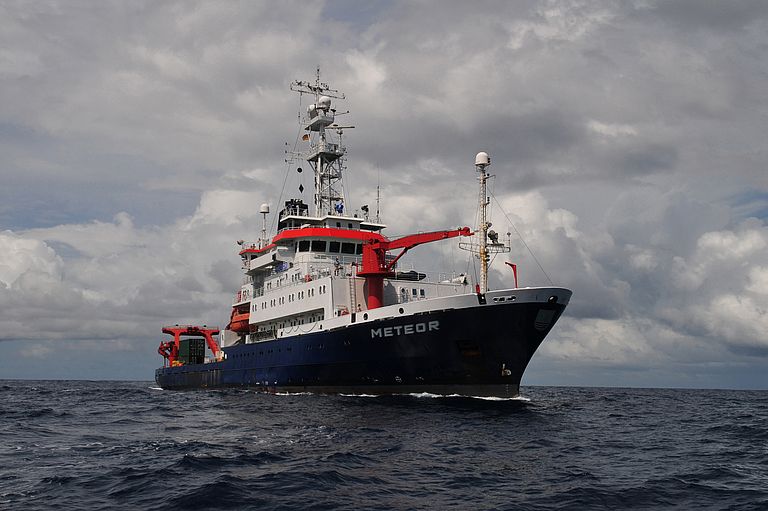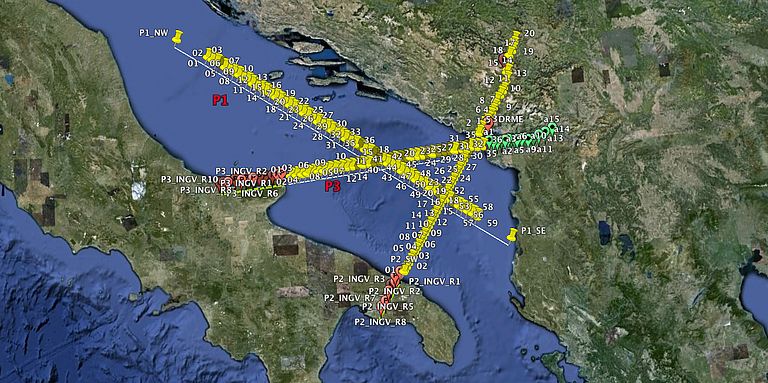How dangerous is the Adriatic Sea?
Geophysicists from Kiel examine plate bounderies between Italy and the Balkans
One of the strongest ever recorded earthquakes in Europe occurred in 1979 off the coast of Montenegro (Mw=7.1). The Adriatic Sea in general is a highly active seismic region. Several tectonic plates are colliding there. Nevertheless the geometry of the lithospheric plates below the Adriatic Sea is still controversial. Even the exact number is unknown. The existence of two microplates is assumed based on teleseismic and satellite data. But it remains inconclusive. “Even today we have no exact idea about the extension of the lithospheric plate in southern Europe although this knowledge is a crucial prerequisite to assess the risk of natural hazards like earthquakes or tsunamis”, says Professor Heidrun Kopp of GEOMAR | Helmholtz Centre for Ocean Research Kiel. “One of the reasons for this knowledge gap is the fact, that for a fundamental examination of tectonic conditions in this region you need to work in parallel, onshore and offshore”, she adds.
Now for the first time partners from Germany, Albania, Croatia, Italy and Montenegro are working together to conduct one of the largest land and sea based seismic experiments in Europe. A key part of this experiment is an expedition of the German research vessel RV METEOR from the middle of January to the beginning of February 2012 lead by Prof. Kopp.
The scientists onboard the METEOR are building up two seismic transects from Apulia (Southern Italy) through the Adriatic Sea to Montenegro and Northern Albania respectively. On the Italian mainland geophysicists of the Istituto Nazionale di Geofisica e Vulcanologia are setting up further measurement devices. In the Balkans colleagues from the German Research Centre for Geosciences (GFZ) as well as colleagues from Albania, Croatia and Montenegro extend the transect into the mountains of the Balkans. “Especially now in winter this is a hard job”, says Professor Kopp, who coordinates the whole campaign from RV METEOR.
In addition to the seismic measurements the scientists are also mapping the seafloor in the source region of the 1979 earthquake, to find out more about its causes and consequences.
“Although the Adriatic Sea lies in the heart of Europe we know far too little about its tectonic structure. With this amphibious land-sea-measuring campaign across several borders we hope to gain more knowledge about it. It would help to improve the risk assessment of the adjoining countries”, stresses Professor Kopp.
Expedition at a glace:
RV METEOR cruise: M86/3
Chief scientist: Prof Dr Heidrun Kopp (GEOMAR)
Duration: 20 Jan 2012 – 4 Feb 2012
Departure: Brindisi (Italy)
Working area: Adriatic Sea
Final port: Dubrovnik (Croatia)
Current reports from the cruise are available on the internet on the GEOMAR-expedition web-page: GEOMAR expedition page
Contact:
Jan Steffen (Communication & Media), Phone: +49-431 600 2811, presse(at)geomar.de




